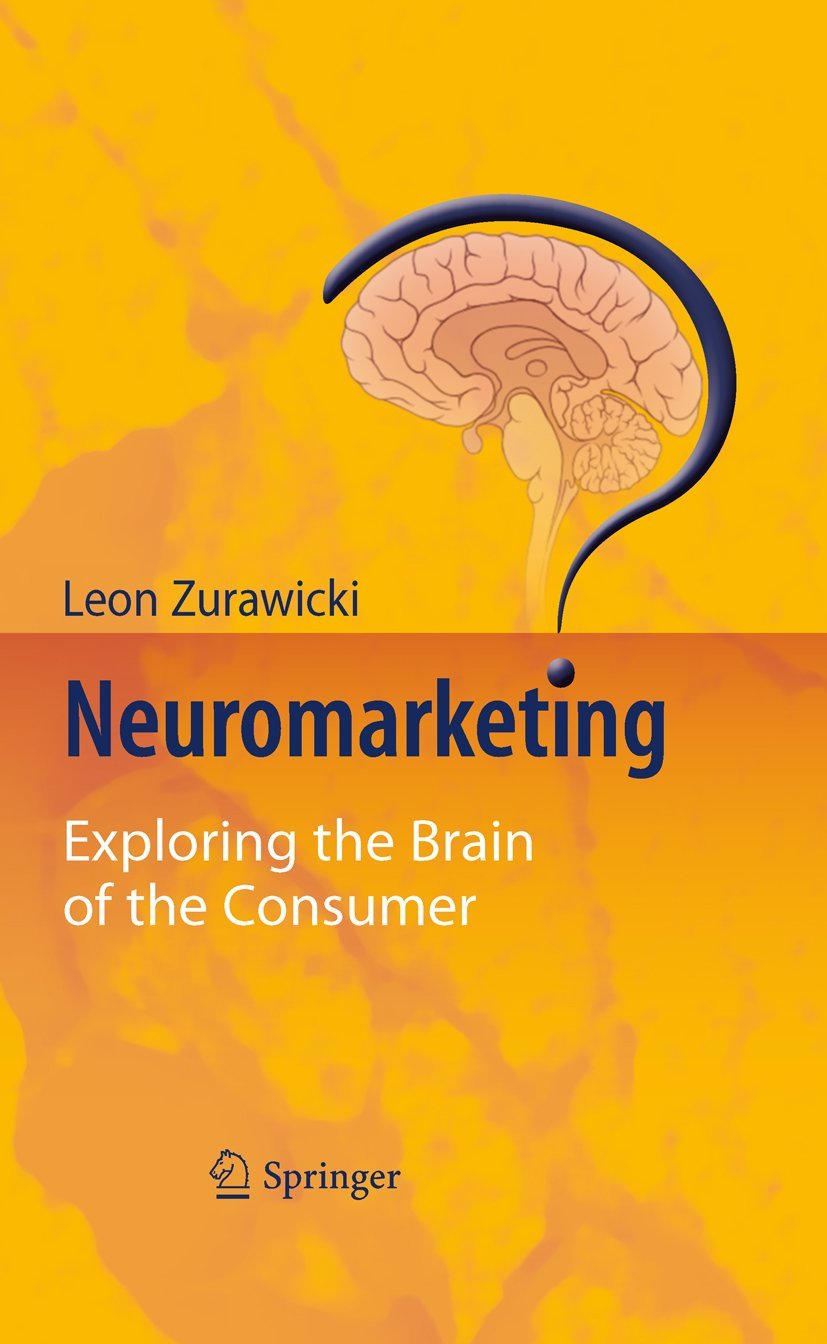Neuroscience of Love
 Brain imaging is already considered a powerful tool in the study of human cerebral functions related to close personal relationships. As Valentine’s day is near, I’d like to share with you the information from a review (Ortigue S, Bianchi-Demicheli F, Patel N, Frum C, and Lewis JW. Neuroimaging of love: fMRI meta-analysis evidence toward new perspectives in sexual medicine. J Sex Med 2010; 7:3541–3552. DOI: 10.1111/j.1743-6109.2010.01999.x) of published literature on fMRI studies of love illustrating brain regions associated with different forms of love.
Brain imaging is already considered a powerful tool in the study of human cerebral functions related to close personal relationships. As Valentine’s day is near, I’d like to share with you the information from a review (Ortigue S, Bianchi-Demicheli F, Patel N, Frum C, and Lewis JW. Neuroimaging of love: fMRI meta-analysis evidence toward new perspectives in sexual medicine. J Sex Med 2010; 7:3541–3552. DOI: 10.1111/j.1743-6109.2010.01999.x) of published literature on fMRI studies of love illustrating brain regions associated with different forms of love.Although many fMRI studies of love point to the subcortical dopaminergic reward-related brain systems (involving dopamine and oxytocin receptors) for motivating individuals in pair-bonding, this meta-analysis states that different types of love involve distinct cerebral networks, including those for higher cognitive functions such as social cognition and bodily self-representation.
Results showed that love is more than a basic emotion, it involved cognition and it is a complex function including appraisals, goal-directed motivation, reward, self-representation and body-image. The study aimed to identify neural correlates of passionate love, companionate love, maternal love and unconditional love. But what about things? We tend to get attached to them. And what about brand love? If you have any references of such articles, please add them in a comment below. Thanks!




















